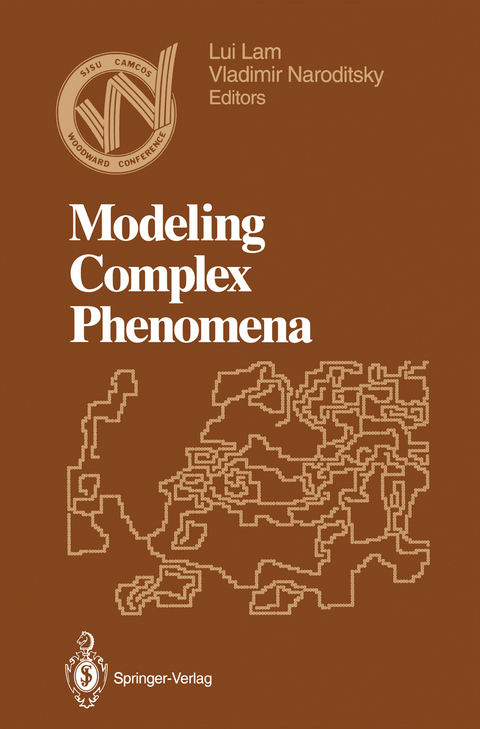
Modeling Complex Phenomena
Springer-Verlag New York Inc.
978-1-4613-9231-6 (ISBN)
A Complex Phenomenon: The Human Mind.- I Paradigms, Complexity, and Learning.- Modeling and Control of Complex Systems: Paradigms and Applications.- Knowledge and Meaning: Chaos and Complexity.- Complexity Issues in Robotic Machine Learning of Natural Languages.- II Forecasting and Arms Race.- Nonlinear Forecasting, Chaos and Statistics.- Nonlinear Dynamics and Chaos in Arms Race Models.- III Economic Systems.- Chaotic Dynamics in Economic Equilibrium Theory.- Chaos and the Foreign Exchange Market.- IV Earthquakes and Sandpiles.- Earthquakes as a Complex Phenomenon.- Application of a Mean Field Approximation to Two Systems that Exhibit Self-Organized Criticality.- V Fluids and Crystal Growths.- Modeling the Hydrodynamics of Materials Processing.- Modeling Complex Phenomena in Fluids.- VI Complex Patterns.- Consensus in Small and Large Audiences.- Nonhomogeneous Response of Reaction-Diffusion Systems to Local Perturbations.- Nonequilibrium Transient Near a Noise-Induced Instability.- Active Walker Models for Filamentary Growth Patterns.- Index of Contributors.
| Reihe/Serie | Woodward Conference |
|---|---|
| Zusatzinfo | XII, 313 p. |
| Verlagsort | New York, NY |
| Sprache | englisch |
| Maße | 155 x 235 mm |
| Themenwelt | Mathematik / Informatik ► Informatik ► Theorie / Studium |
| Mathematik / Informatik ► Mathematik ► Angewandte Mathematik | |
| Naturwissenschaften ► Chemie ► Physikalische Chemie | |
| Naturwissenschaften ► Physik / Astronomie ► Mechanik | |
| Naturwissenschaften ► Physik / Astronomie ► Theoretische Physik | |
| Naturwissenschaften ► Physik / Astronomie ► Thermodynamik | |
| Technik | |
| ISBN-10 | 1-4613-9231-4 / 1461392314 |
| ISBN-13 | 978-1-4613-9231-6 / 9781461392316 |
| Zustand | Neuware |
| Informationen gemäß Produktsicherheitsverordnung (GPSR) | |
| Haben Sie eine Frage zum Produkt? |
aus dem Bereich


